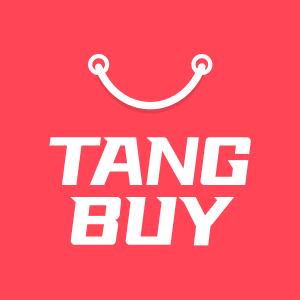15 Low Cost Products with High Profit Margins to Sell in 2025
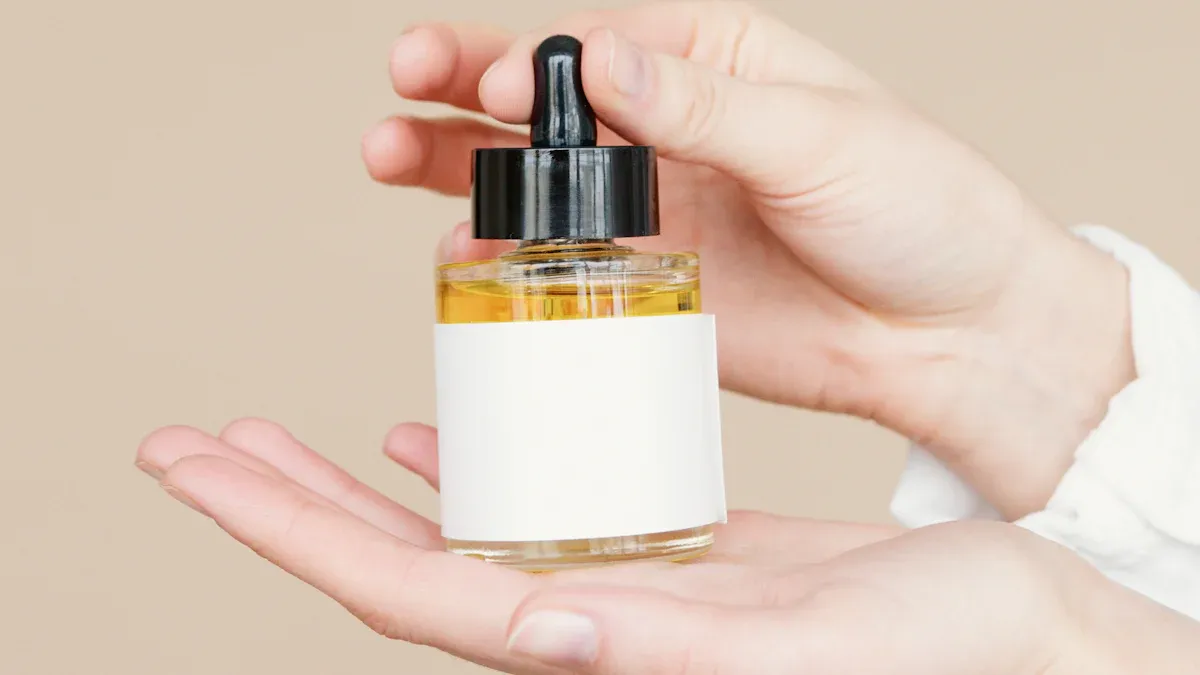
If you want to grow your ecommerce business in 2025, you need to focus on low cost products with high profit margins. These items let you start small, keep expenses down, and scale up fast. Many ecommerce businesses now earn between $5,000 and $50,000 per month, with profit margins from 10% to 50% or more. You can see just how strong this market looks for entrepreneurs in the chart below:
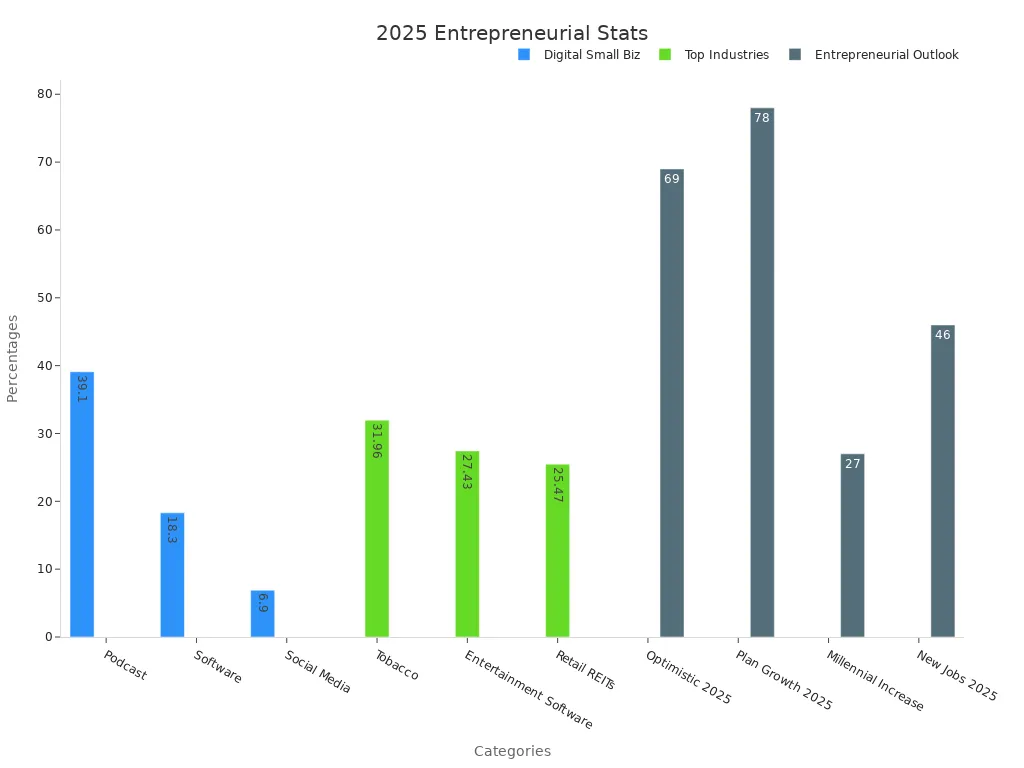
Check out the table for more insight:
Statistic Description | Value/Range |
|---|---|
Typical profit margin for small businesses | 7% - 10% |
Profit margin for top digital small businesses | Up to 39.1% |
Small businesses optimistic about 2025 financial path | 69% |
Small businesses planning growth in 2025 | 78% |
Choosing the right low cost products helps you keep more profit and gives your ecommerce brand room to grow. As you read, think about how these numbers could match your own goals.
Key Takeaways
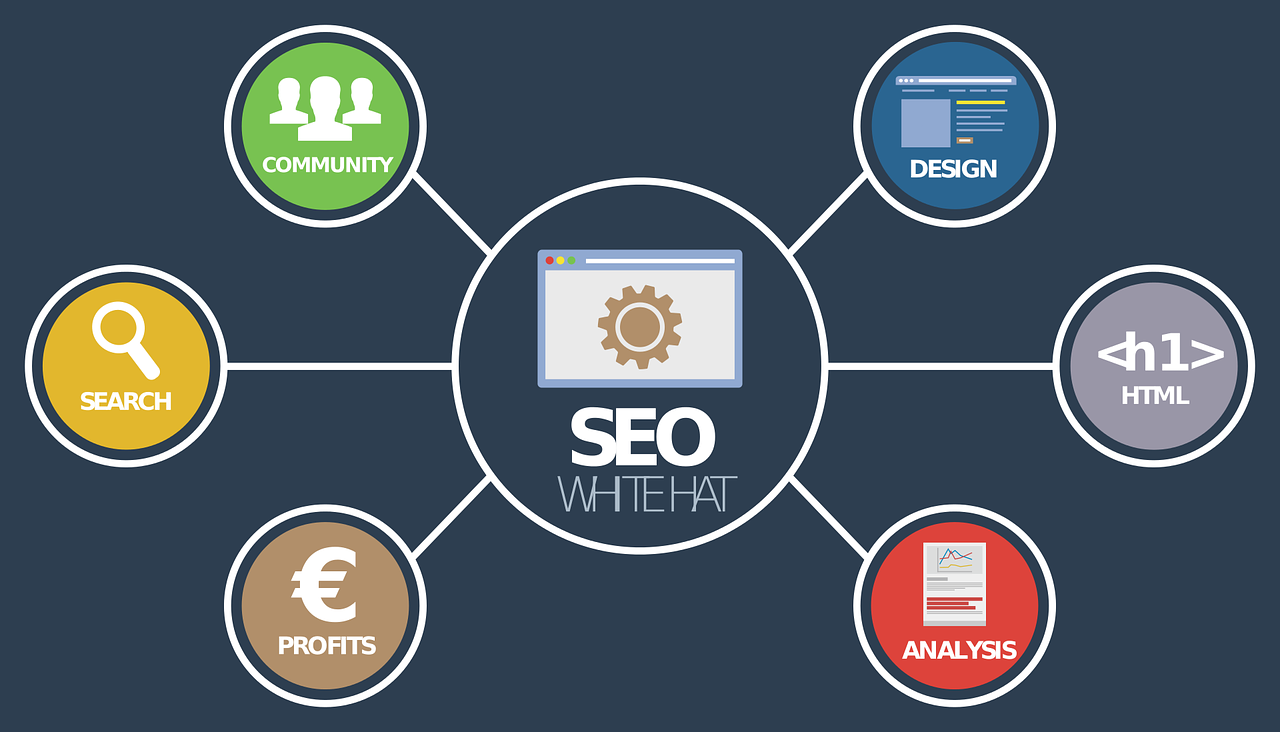
Pick low cost products with high profit margins to start small. This helps your ecommerce business grow fast. High profit margins let you keep more money from each sale. You can use this money for things like marketing and shipping. Focus on products that people always want and have little competition. This keeps your sales steady and your profits strong. Work with good suppliers and check product quality. This helps you avoid returns and keeps customers happy. Dropshipping and print-on-demand let you sell without storing products. This lowers your startup costs and risks. Set your prices by adding up your costs and looking at what others charge. This helps protect your profit margins. Bundle products and follow trends to sell more and clear out slow stock. Build a strong brand with the same colors, voice, and trust. This helps you stand out and charge higher prices.

Low Cost, High Profit Margin Products
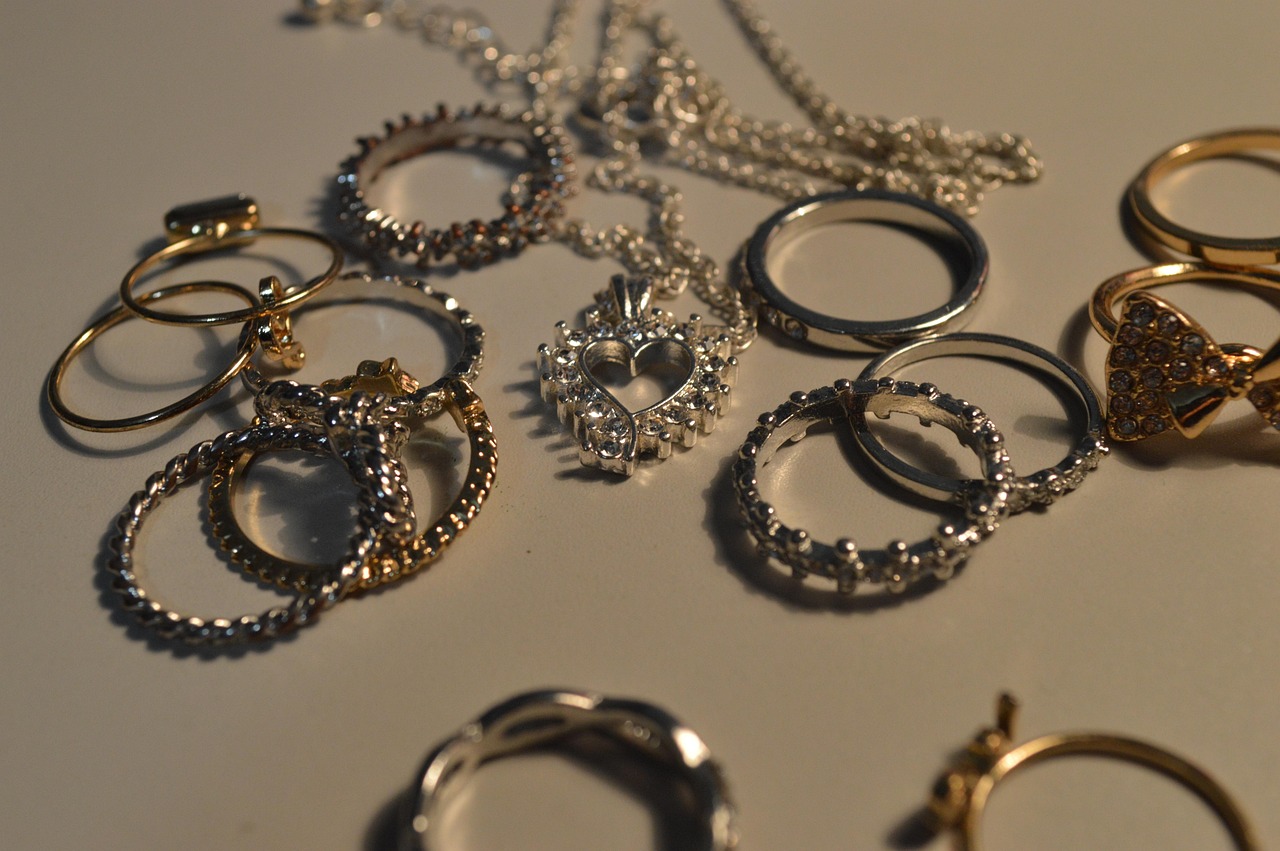
What Are Low Cost Products
You might wonder what makes a product “low cost.” In ecommerce, low cost products are items you can buy or make for a small amount of money. These products often have low production costs, which means you spend less to get them ready for sale. Think about jewelry, phone accessories, or digital products. You can source these items for just a few dollars each, but you can sell them for much more. This is where the magic happens—when you keep your costs down, you open the door to higher profit.
Low cost products are great for new sellers. You don’t need a huge budget to get started. You can test different items without risking a lot of money. If you pick products with high demand, you can sell more and grow your business faster.
Why High Profit Margins Matter
High profit margins are the secret sauce for any successful ecommerce business. When you sell a product, your profit margin shows how much money you keep after paying for the cost of goods. The higher your margin, the more profit you make on each sale. This helps you cover other expenses, like marketing or shipping, and still have money left over.
Tip: Focus on products with healthy profit margins. This gives you more room to adjust prices, run promotions, or handle unexpected costs.
Here’s a quick look at some important profitability ratios:
Profitability Ratio | Description | Formula |
|---|---|---|
Gross Profit Margin | Shows how much profit you make after covering product costs. | (Total Sales - Cost of Goods Sold) ÷ Total Sales |
Operating Profit Margin | Measures profit before interest and taxes. | Operating Profit ÷ Revenue |
Net Profit Margin | Tells you how much profit remains after all expenses. | Net Income ÷ Revenue |
High profit margins also attract investors and help your business grow. If you want a high return on investment, you need to watch your profit margin closely. Profitable products let you reinvest in your store, try new marketing ideas, and build a strong brand.
2025 Trends
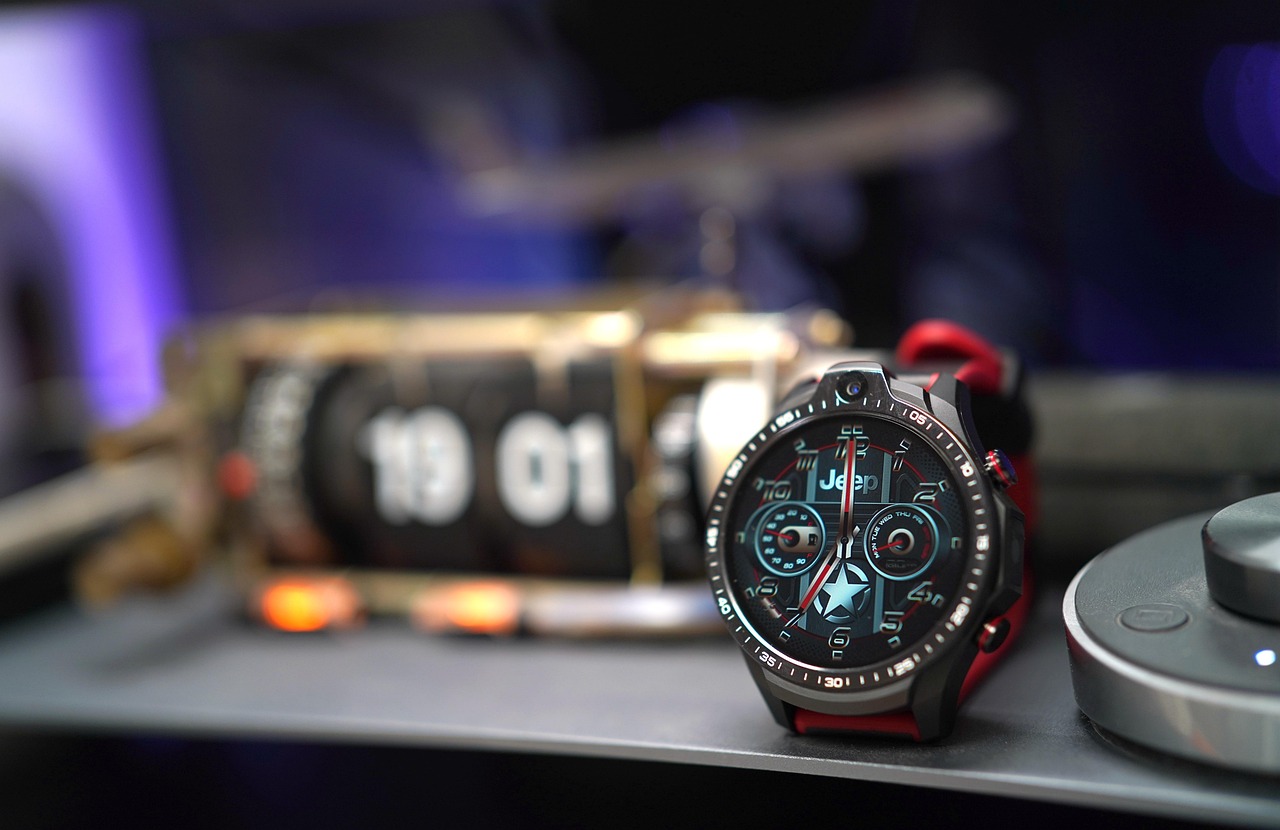
The ecommerce world keeps changing, and 2025 will bring new chances for sellers who focus on low cost, high profit margin products. Here are some trends you should know:
Sellers now look for products with high profit margins after all costs.
Low upfront investment and easy inventory management lower your risk.
Tools like SaleHoo Market Insights help you spot trending products with high demand and low competition.
Beauty products stand out, with margins from 55% to 80% thanks to strong demand.
Consistent profit comes from selling items that people want all year.
Checking out your competition helps you avoid crowded markets and keep your margins strong.
Good sourcing means finding reliable suppliers and testing product quality.
If you want to succeed in ecommerce, pay attention to these trends. Products with low production costs and high demand will help you build a business that lasts. The attributes of high-margin products—like durability, sellability, and year-round appeal—will set you apart in 2025.
Product List: 15 High Profit Margin Products

Jewelry
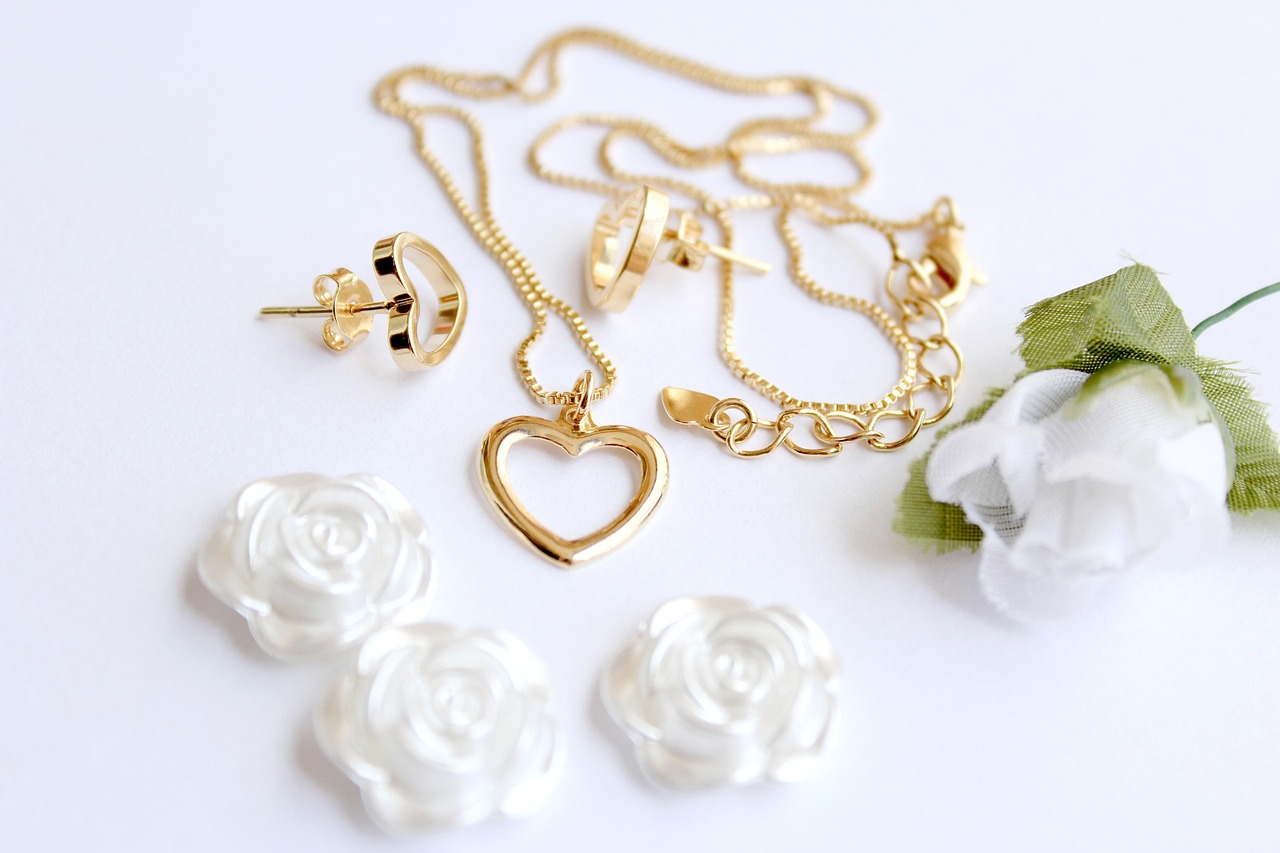
Jewelry is one of the best things to sell in 2025. People buy jewelry for themselves and as gifts. There are many styles, from simple to fancy. Jewelry is small and easy to ship. You can sell it online or in stores.
Sales Volume Range | Gross Margin Range | Net Profit Margin Range | Annual Revenue Range | |
|---|---|---|---|---|
Small Boutiques | $200-$500 daily | N/A | 5-10% | $60k-$144k |
Mid-sized Stores | $1k-$3k daily | 50-70% | 10-15% | $360k-$1.08M |
Large Retailers | $5k-$21k daily | 50-300% | 15-20% | $1.8M-$7.56M |
E-commerce Only | $41k-$62k weekly | 60-70% | 12-18% | $200k-$800k |
Luxury/Custom Jewelry | $2k-$10k daily | 60-300% | 20-25% | $1M-$5M |
Wholesale Operations | $10k-$50k daily | 20-40% | 8-12% | $500k-$3M |
Fashion Jewelry | $500-$2k daily | 40-50% | 8-15% | $50k-$300k |
Jewelry sells more during holidays and weddings. You can raise prices a lot for luxury pieces. Many sellers use social media to get more buyers. The jewelry market could reach $482.22 billion by 2030. Rings are the most popular. New tech like 3D printing and AR helps you make custom designs. Virtual try-ons make your store special.
Watches
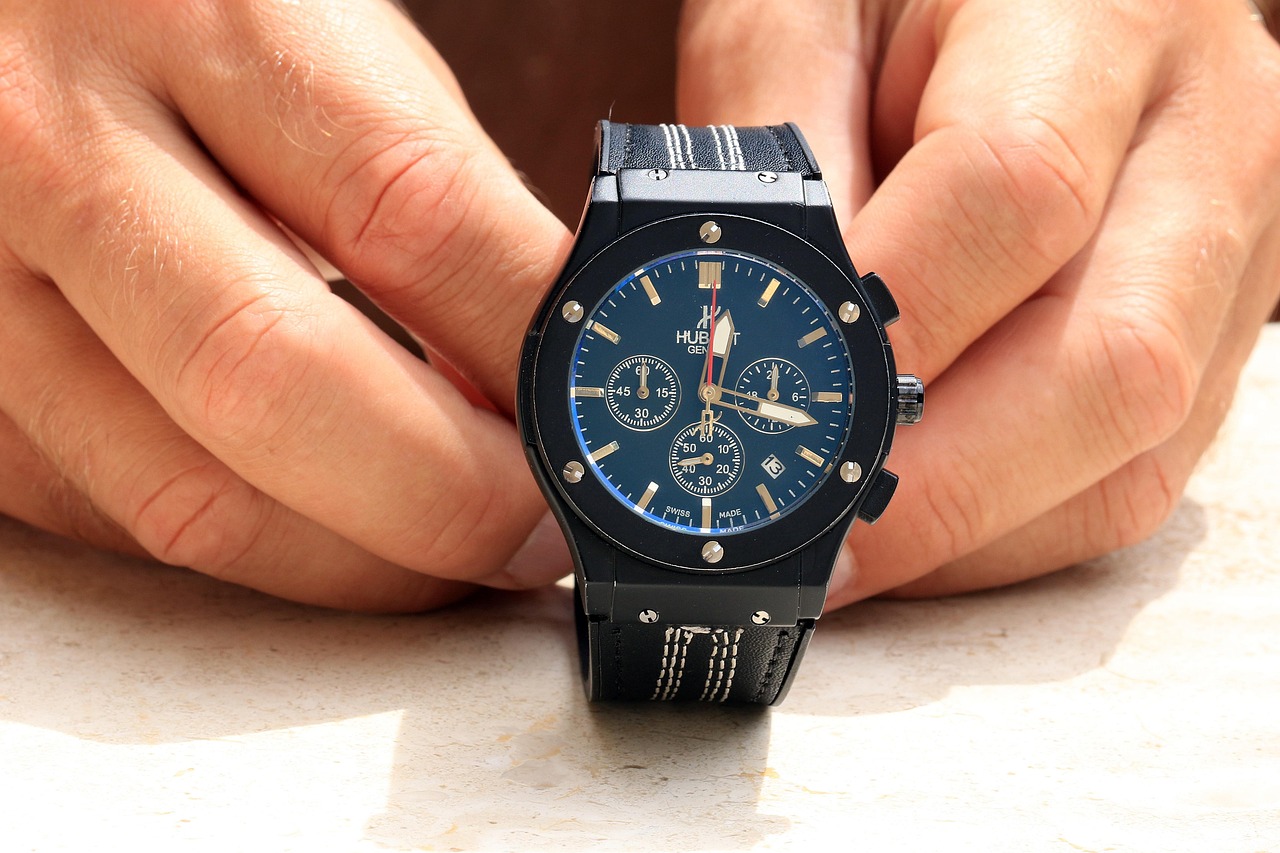
Watches are always good for high profits. You can sell cheap fashion watches or fancy brands. Watches are both stylish and useful. You can buy watches for $5-$20 and sell them for $50 or more. Some luxury watches cost thousands.
Pros:
You can make a lot of money.
Easy to make your own brand.
Everyone can wear watches.
Cons:
Fake watches can hurt your business.
Styles change fast.
Tip: Sell special or custom watches to get people excited and coming back.
Necklaces
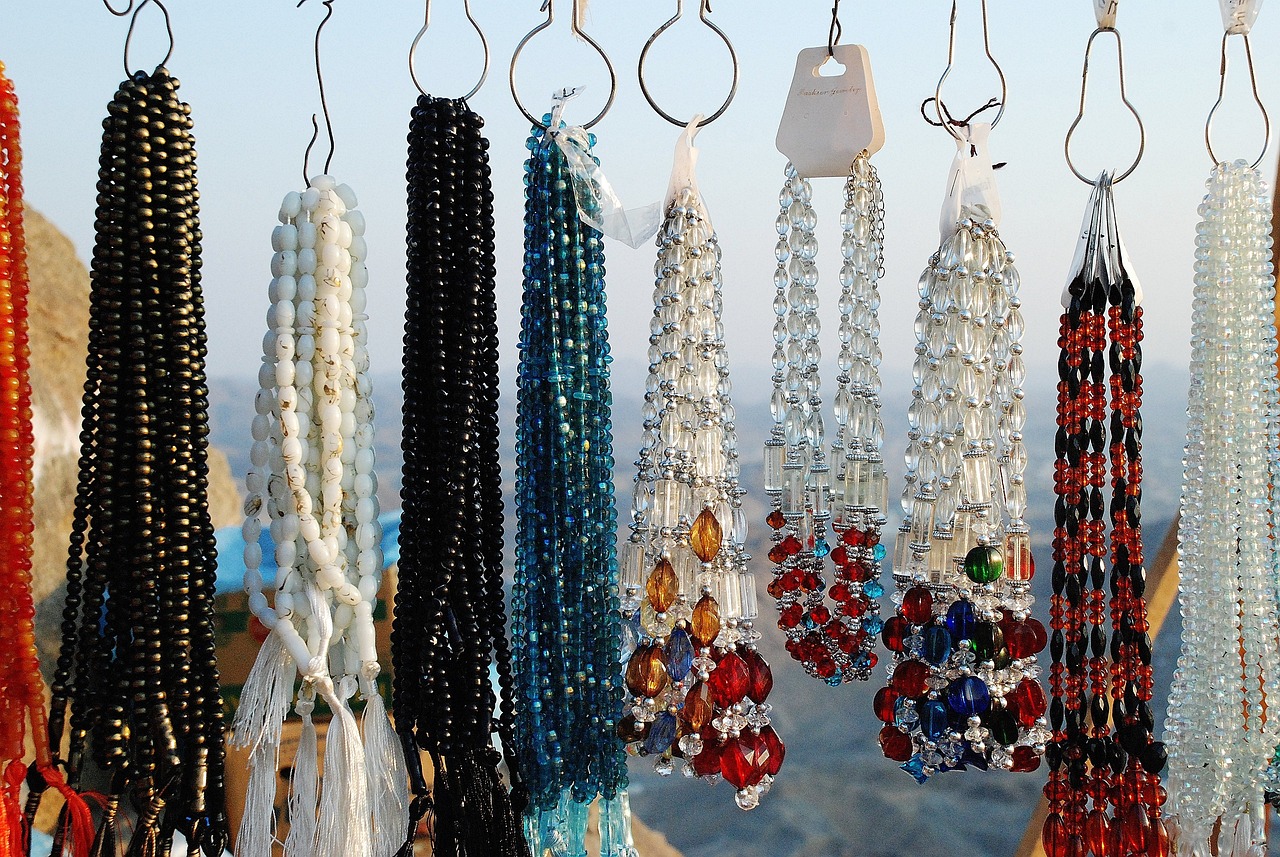
Necklaces are always popular. You can sell simple chains or big statement pieces. People buy necklaces for gifts or special days. You can buy necklaces for $2-$10 and sell them for $20-$100 or more.
Pros:
Shipping is cheap.
Many styles and prices to choose from.
Good for selling more than one at a time.
Cons:
There are lots of sellers.
You need to follow fashion trends.
Note: Show customer reviews and photos to help people trust your store.
Phone Accessories
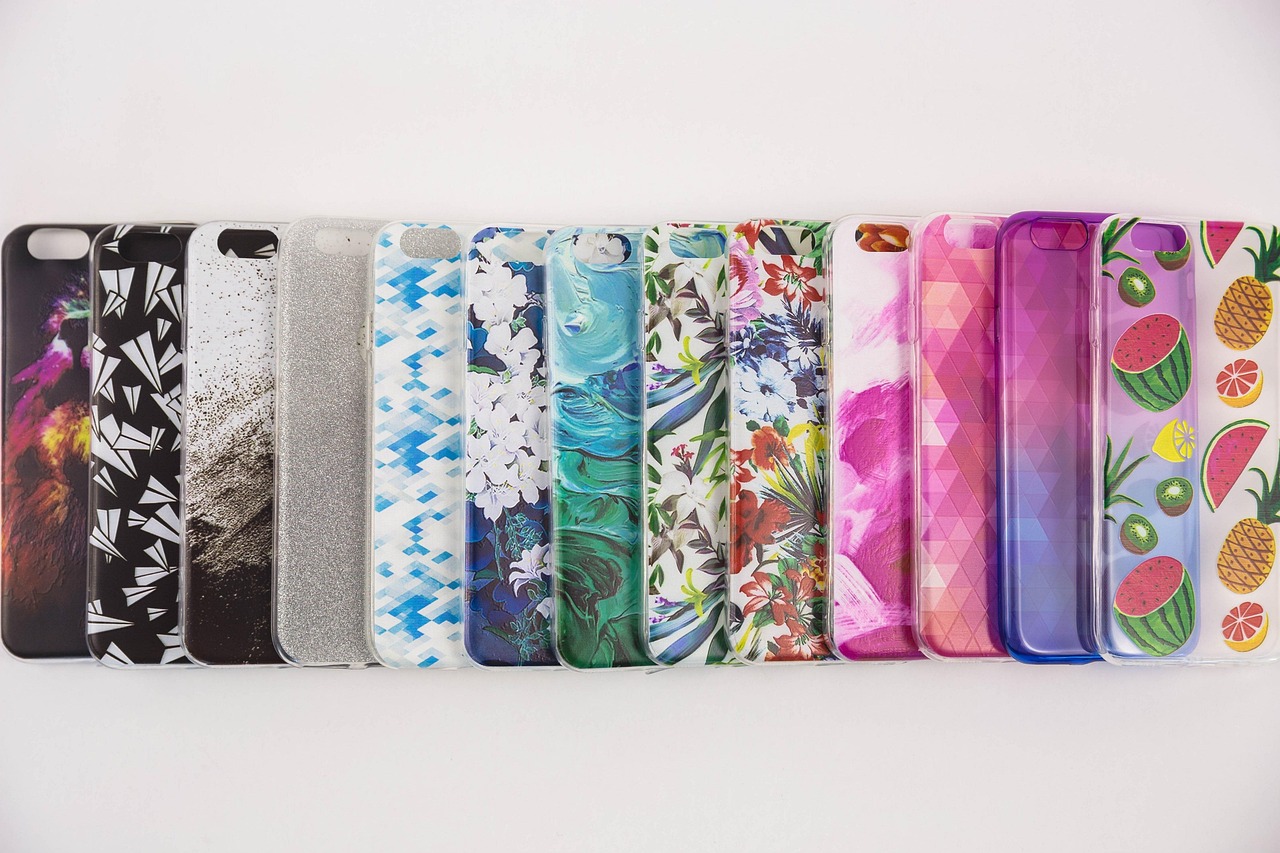
Phone accessories are great for making money. Almost everyone has a smartphone. People like to make their phones look cool and keep them safe. The phone accessories market could be $111.62 billion in 2025. It grows about 6.8% each year. Countries like India and Brazil are growing even faster.
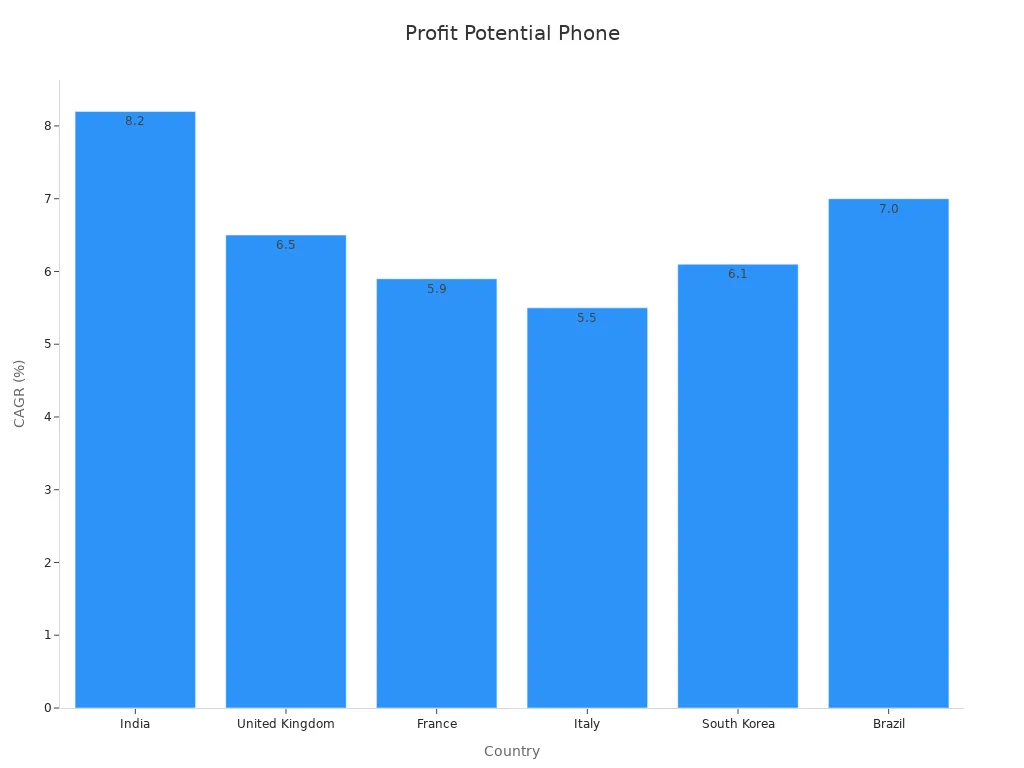
Country | CAGR (2025 to 2035) |
|---|---|
India | 8.2% |
United States | Largest market |
United Kingdom | 6.5% |
France | 5.9% |
Italy | 5.5% |
South Korea | 6.1% |
Brazil | 7.0% |
You can find high-profit items like cases and chargers. These are cheap to buy and easy to ship. You can also sell bundles or custom designs to stand out.
Cases
Phone cases are always in style and make good money. People buy new cases for different moods or seasons. You can buy cases for $1-$3 and sell them for $15-$40. Custom cases can cost even more.
Pros:
Big market with lots of buyers.
Easy to make your own designs.
Shipping is not expensive.
Cons:
There are many sellers.
You need to keep up with new phone models.
Tip: Sell special designs or eco-friendly cases to get more buyers.
Chargers
Everyone with a phone needs a charger. You can sell basic, fast, or wireless chargers. More people want wireless chargers now. You can buy chargers for $2-$5 and sell them for $15-$30.
Pros:
You can make good money and get repeat buyers.
All phone owners need chargers.
Chargers are small and easy to ship.
Cons:
You must check quality to avoid returns.
Some places have strict safety rules.
Note: Show safety labels and fast charging in your product ads.
Small Electronics
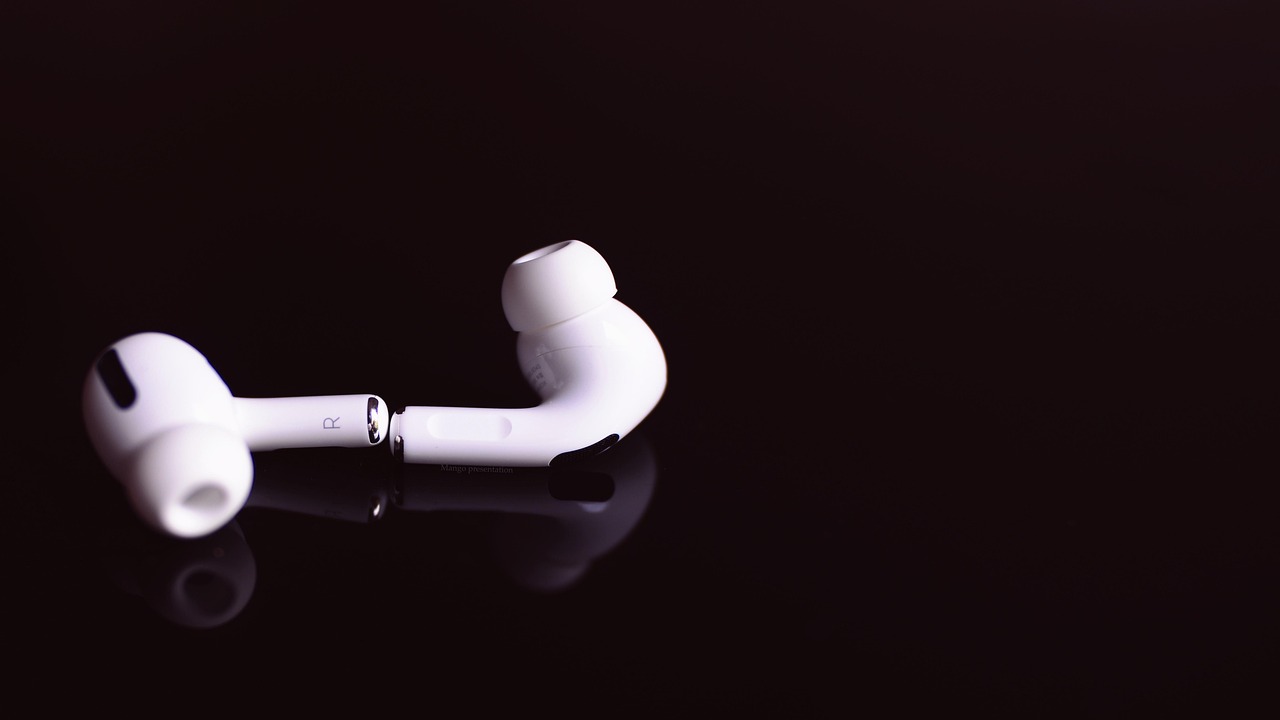
Small electronics are great for high profits in 2025. People want gadgets that help them or are fun. There are many good products, like earbuds and speakers. These are popular as gifts and impulse buys.
Earbuds
Earbuds are very popular and make good money. Wireless earbuds are liked because they are easy to use. You can buy basic earbuds for $5-$10 and sell them for $30-$80. Fancy earbuds can cost even more.
Pros:
You can make a lot of money.
People of all ages want them.
Good for selling with other electronics.
Cons:
You need to check sound and build quality.
More returns if quality is bad.
Tip: Give a warranty or promise to make buyers feel safe.
Speakers
Portable speakers are also great for profit. People use them at home or outside. You can buy small speakers for $8-$15 and sell them for $40-$100. Bluetooth speakers with cool features can cost more.
Pros:
High profit and people want them all year.
Easy to show off with photos and videos.
Good for gifts and bundles.
Cons:
Check battery and sound before selling.
Some big brands are hard to beat.
Note: Use videos to show how good your speakers sound. This helps your product get noticed.
Real examples and market studies show these products do well in 2025. Stores that use good photos, reviews, and smart ads make more sales and money. The best product for your store depends on your buyers and how you market. These ideas are a great place to start.
Baby & Children’s Clothing
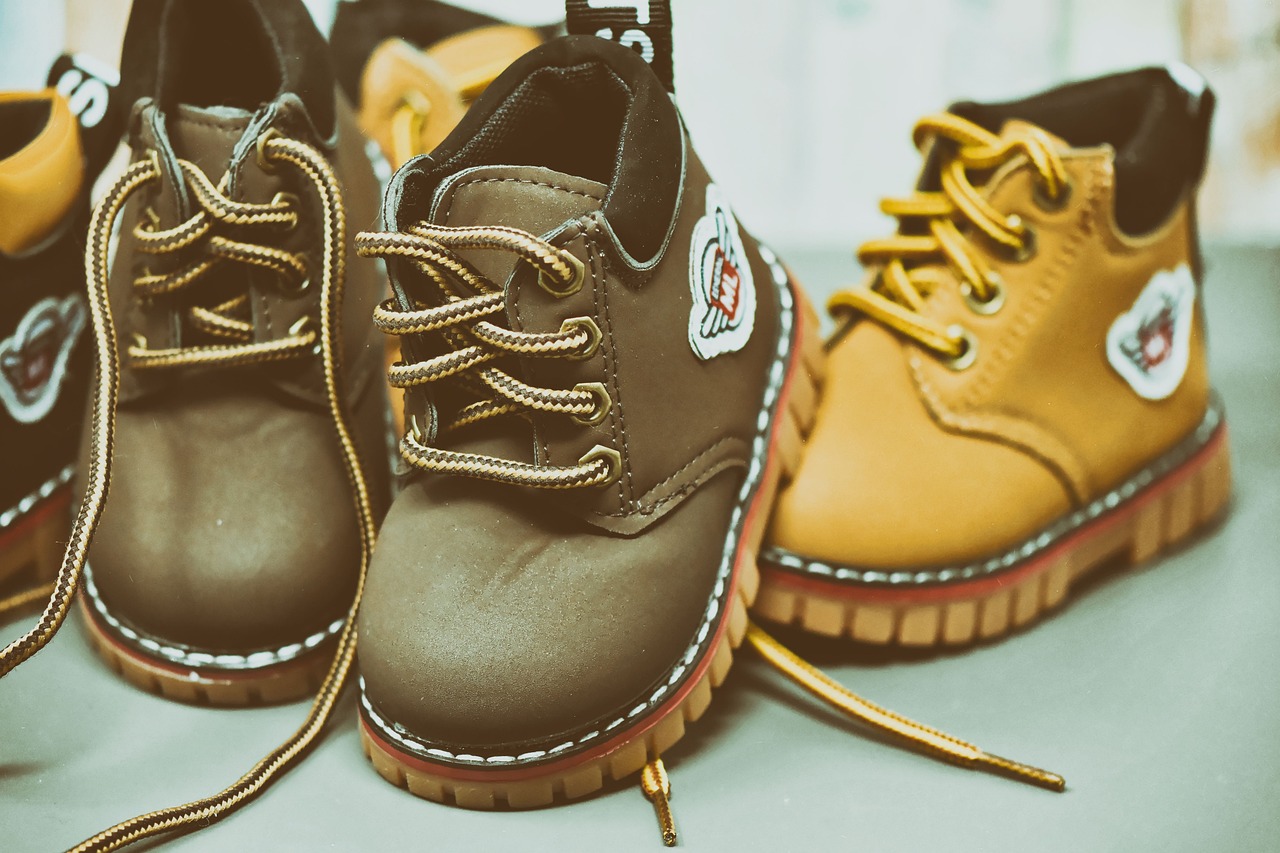
Baby and children’s clothing is always in demand. Parents want cute, comfortable, and safe clothes for their kids. You can find many suppliers who offer trendy outfits at low prices. You can buy a baby onesie for $2-$4 and sell it for $15-$30. That gives you a high profit potential.
Pros:
Parents buy new clothes often as kids grow fast.
Many styles and themes to choose from.
Easy to bundle items for bigger sales.
Cons:
You must check for safety and quality.
Returns can happen if sizes do not fit.
Tip: Offer matching sets or seasonal collections. Parents love to buy outfits for holidays and special events.
If you want to stand out, try custom prints or organic fabrics. Show real photos of kids wearing your clothes. This builds trust and helps parents imagine their own children in your products.
Custom Drinkware
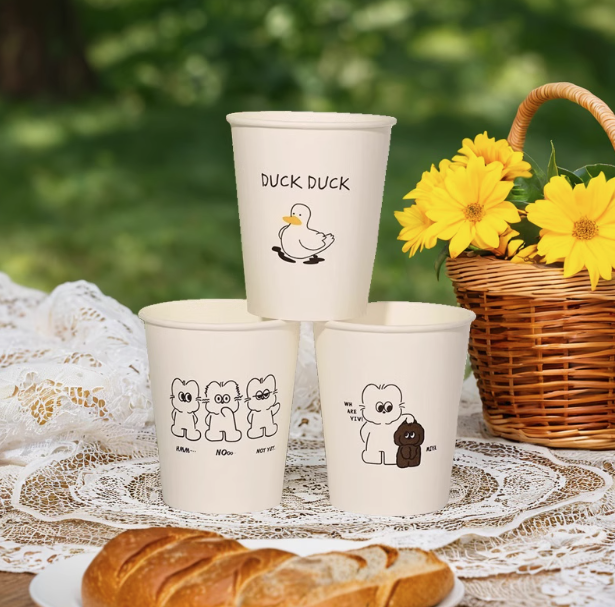
Custom drinkware is a fun way to make money. People love mugs, tumblers, and water bottles with unique designs. You can sell drinkware for birthdays, holidays, or company gifts. You can buy a blank mug for $1-$3 and sell it for $12-$25. This category has high profit potential.
Pros:
Works for all ages and occasions.
Easy to personalize with names or logos.
Great for gifts and bulk orders.
Cons:
Breakable items need careful shipping.
Some designs may need special printing equipment.
Note: Use print-on-demand services to avoid holding inventory. You only pay when you make a sale.
Try offering limited edition designs or seasonal themes. Encourage customers to share photos of their custom drinkware on social media. This can help you get more sales through word of mouth.
Home Decor
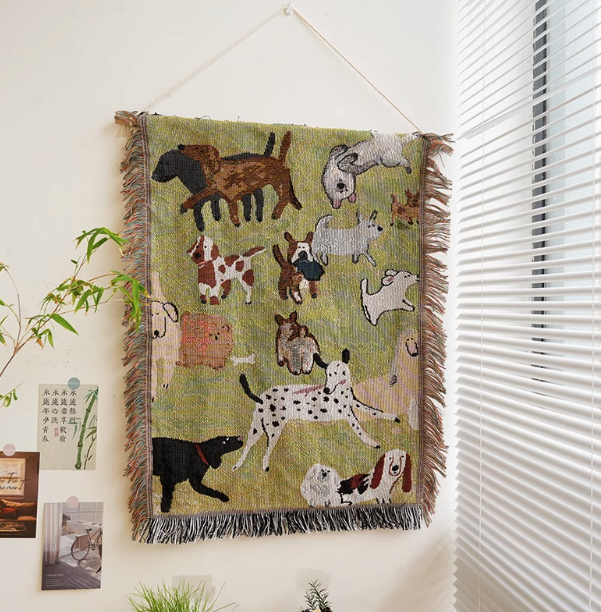
Home decor products help people make their spaces feel special. You can sell wall art, throw pillows, candles, or small planters. Many of these items cost little to source but can sell for much more. People love to refresh their homes, so you get repeat buyers.
Product Type | Cost to Source | Typical Sale Price | Margin Potential |
|---|---|---|---|
Wall Art | $3-$8 | $25-$60 | High |
Throw Pillows | $4-$7 | $20-$40 | High |
Candles | $2-$5 | $15-$30 | High |
Pros:
Many styles and trends to follow.
Small items are easy to ship.
Good for bundling with other products.
Cons:
Trends can change quickly.
Some items are fragile.
Tip: Use lifestyle photos to show your decor in real homes. This helps buyers picture the items in their own space.
You can also offer custom options, like personalized wall art or monogrammed pillows. This makes your store unique and keeps customers coming back.
Toys & Games
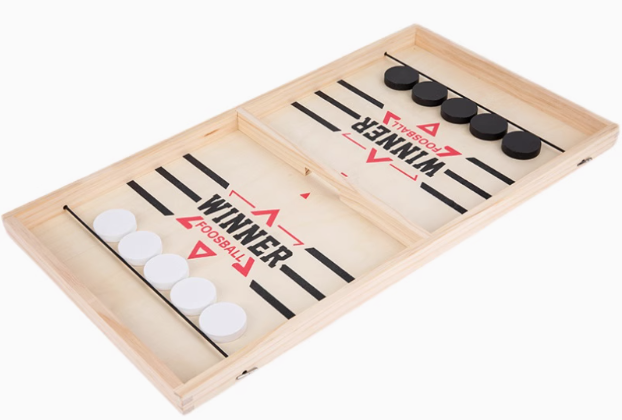
Toys and games are always wanted by kids and parents. Kids like to get new things to play with. Parents want toys that are fun and help kids learn. There are many toys and games that do not cost much to buy. You can sell them for a lot more money. Board games, puzzles, and fidget toys are very popular. Small toys are simple to store and ship.
Product Type | Cost to Source | Typical Sale Price | Margin Potential |
|---|---|---|---|
Fidget Toys | $0.50-$2 | $8-$15 | High |
Board Games | $5-$10 | $25-$50 | High |
Educational Kits | $3-$8 | $20-$40 | High |
Pros:
Toys and games sell well for birthdays and holidays.
There are choices for all ages and interests.
You can put toys together in bundles to sell more.
Cons:
What is popular can change very fast.
Some toys need safety checks or special labels.
Tip: Sell bundles or themed sets. Parents often buy more than one toy, especially for gifts.
To be different, pick toys that teach or are special. Show videos of kids playing with your toys. This helps parents see how fun and useful they are.
Print-on-Demand Products
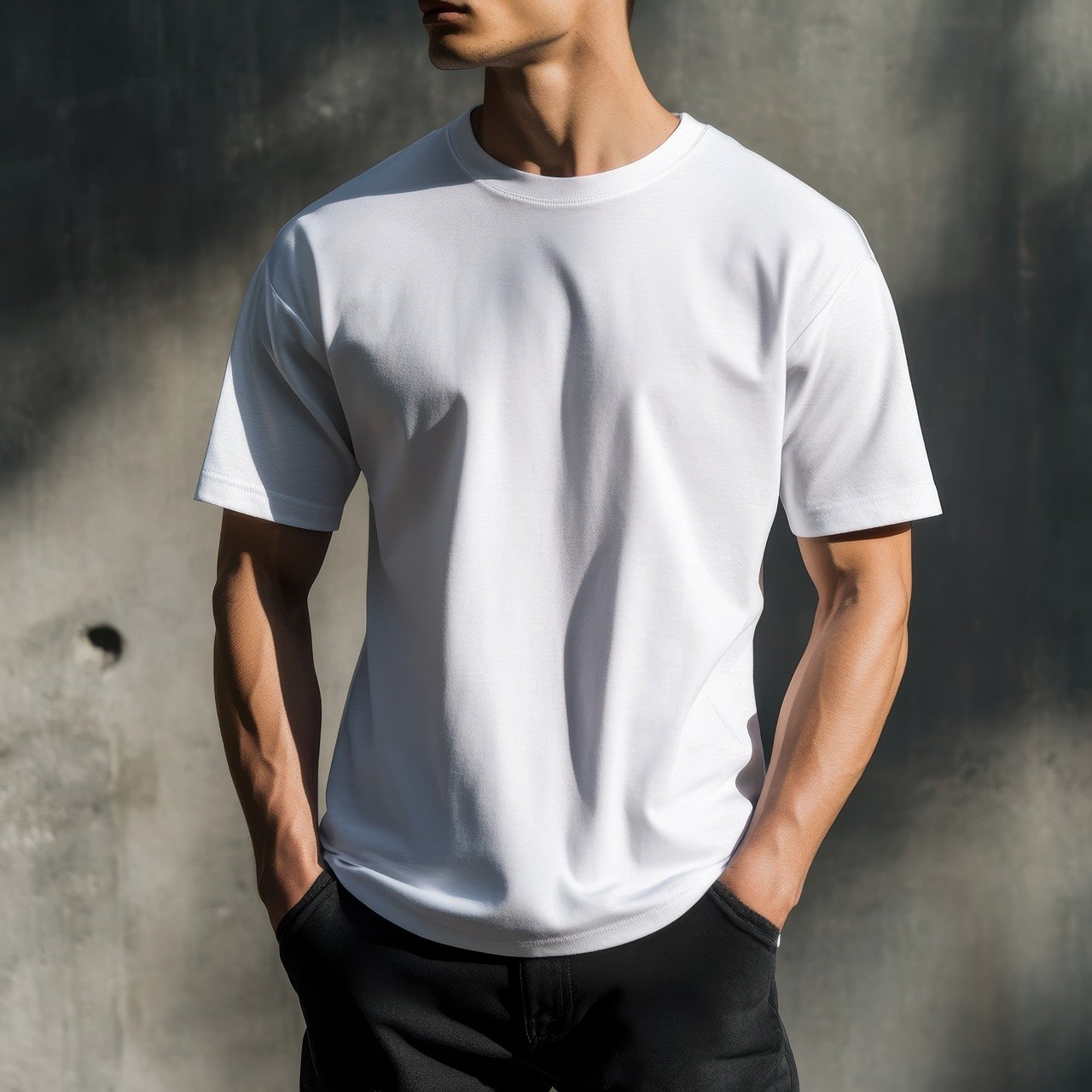
Print-on-demand lets you sell custom things without keeping stock. You make designs for t-shirts, tote bags, mugs, or posters. When someone buys, your supplier prints and ships the item. This keeps your costs low and your profit margins high.
Product Type | Cost to Source | Typical Sale Price | Margin Potential |
|---|---|---|---|
T-Shirts | $7-$12 | $25-$40 | High |
Tote Bags | $5-$8 | $18-$30 | High |
Posters | $3-$6 | $15-$25 | High |
Pros:
You do not need to buy or store products first.
You can try many designs to see what sells best.
It is easy to make items for holidays or trends.
Cons:
Shipping can take longer than with items you have in stock.
The quality depends on your print partner.
Note: Use social media to show your designs. Ask buyers to post photos of what they bought for extra marketing.
Try to focus on special groups, like funny sayings or local pride. Limited edition items can make people excited and help you sell more. Print-on-demand is a high-profit margin product for creative people.
Digital Products

Digital products are a smart choice if you want a high-profit margin product. You can sell ebooks, online courses, printables, stock photos, or software. After you make a digital product, you can sell it again and again. You do not need to worry about inventory, shipping, or packaging.
Here’s why digital products are special:
Evidence Aspect | Details |
|---|---|
Market Size Projection | Digital commerce market projected to reach $13 trillion by 2029 |
Production Costs | No inventory, materials, or shipping costs, leading to low production expenses |
Scalability | Products can be sold repeatedly without additional production costs |
Global Reach | Digital distribution enables access to a worldwide audience |
Automation & Updates | Automated delivery and easy product updates reduce manual effort and increase value |
Passive Income Potential | Once created, products generate ongoing revenue with minimal upkeep |
Pricing Flexibility | Diverse pricing strategies (subscriptions, bundles, tiered pricing) enhance revenue |
Digital products have a huge market. The online course market could be $319 billion by 2025. You can start with little money and no store. Tools for making ebooks or courses are often free or cheap. You can set up your sales to run by themselves, so you earn money even when you sleep.
People like to get their products right away and download them easily.
You can sell to people all over the world.
You can help special groups and offer unique ideas.
High profit margins come from low costs and selling many times.
Pros:
No worries about shipping or keeping products in stock.
You can update and improve your products easily.
Good for making money while you do other things.
Cons:
You must make good content that people want to buy.
Some markets have lots of sellers, so you need to stand out.
Tip: Try to solve a problem or teach something useful. Use email to build trust and get customers to return.
If you want the best product for your online store, digital products are a great choice. You can bundle ebooks, sell course packages, or offer memberships for more profit. Digital products help you grow your business fast and reach people everywhere.
Scented Candles

Scented candles are a favorite for many shoppers. You can find them in homes, offices, and even cars. People love candles for their relaxing scents and pretty designs. You can buy candle supplies for a low price and sell finished candles for much more. This makes scented candles one of the best high-margin products for 2025.
You can make candles at home or buy them from a supplier. Many sellers use soy wax or natural oils. These ingredients cost less and attract buyers who want eco-friendly options. You can sell candles for $15 to $40 each, but your cost to make one can be as low as $2 to $5.
Product Type | Cost to Make | Sale Price | Margin Potential |
|---|---|---|---|
Soy Wax Candle | $2-$4 | $15-$30 | High |
Scented Jar Candle | $3-$5 | $20-$40 | High |
Decorative Candle | $4-$6 | $25-$50 | High |
Pros:
You can create many scents and styles.
Candles make great gifts for any season.
Easy to sell online or at local markets.
Cons:
Candles can break during shipping.
You need to follow safety rules for labeling.
Tip: Offer limited-edition scents for holidays. People love to buy special candles for Christmas, Valentine’s Day, or Mother’s Day.
If you want to stand out, use custom jars or labels. Ask buyers to share photos of your candles in their homes. This helps you build trust and attract new customers looking for high-margin products.
Pet Accessories

Pet accessories are always in demand. People love to spoil their pets with toys, collars, beds, and clothes. You can find many pet products that cost little to make but sell for a lot more. This makes pet accessories one of the best high-margin products for new sellers.
You can sell pet accessories online, at pet fairs, or in local stores. Many pet owners look for cute or custom items. You can offer matching sets or even add the pet’s name to collars and bowls.
Product Type | Cost to Source | Sale Price | Margin Potential |
|---|---|---|---|
Pet Collars | $1-$3 | $10-$25 | High |
Pet Toys | $0.50-$2 | $8-$18 | High |
Pet Beds | $5-$10 | $25-$60 | High |
Pros:
Pet owners buy new accessories often.
Many ways to personalize products.
Great for bundling items together.
Cons:
Some items need to fit certain pet sizes.
You must check for safe materials.
Note: Use bright photos of happy pets using your products. This helps you connect with buyers and show the value of your high-margin products.
Try to follow trends, like eco-friendly toys or stylish pet clothes. You can also offer bundles, like a collar and leash set, to increase your profit.
Minimalist Jewelry

Minimalist jewelry is simple, stylish, and easy to sell. Many people want jewelry they can wear every day. You can find rings, bracelets, and earrings that cost very little to make. You can sell these pieces for much more, making them top high-margin products for your store.
Minimalist jewelry works for all ages. You can sell gold-plated, silver, or stainless steel pieces. Many buyers look for custom initials or birthstones. You can buy a ring for $1 to $3 and sell it for $15 to $40.
Product Type | Cost to Source | Sale Price | Margin Potential |
|---|---|---|---|
Simple Rings | $1-$3 | $15-$30 | High |
Bar Necklaces | $2-$4 | $18-$35 | High |
Stud Earrings | $1-$2 | $10-$25 | High |
Pros:
Always in style and easy to match with any outfit.
Lightweight and cheap to ship.
Good for selling in sets or bundles.
Cons:
Many sellers offer similar styles.
You need to keep up with fashion trends.
Tip: Show your jewelry on real people. Use close-up photos and videos to highlight the details. This helps buyers see the quality and style.
Minimalist jewelry is one of the best high-margin products because you can sell to many different people. Try offering gift packaging or custom engraving to make your store stand out.
Car Accessories

Car accessories are always in demand. People want to make their cars look cool, stay organized, and feel comfortable. You can find many car accessories that cost little to buy but sell for much more. Some popular items include phone mounts, seat covers, organizers, air fresheners, and cleaning kits.
Product Type | Cost to Source | Sale Price | Margin Potential |
|---|---|---|---|
Phone Mounts | $2-$5 | $15-$30 | High |
Seat Covers | $8-$15 | $30-$60 | High |
Car Organizers | $3-$7 | $18-$35 | High |
Air Fresheners | $0.50-$2 | $8-$15 | High |
Pros:
Many people own cars and want to upgrade them.
Easy to find suppliers with lots of choices.
Small items are simple to ship.
Cons:
Some products need to fit certain car models.
You must check for quality and safety.
Tip: Offer bundles, like a phone mount with a charger or a set of organizers. Bundles help you sell more and increase your profit.
You can stand out by selling custom or themed accessories. For example, offer organizers with fun colors or air fresheners with unique scents. Show photos of your products in real cars. This helps buyers see how your accessories will look and work.
Beauty Products

Beauty products are some of the best high-margin products you can sell. People love to try new skincare, makeup, and hair care items. You can find beauty products that cost very little to make but sell for much more. Some top sellers include face masks, serums, lip balms, and makeup brushes.
Product Type | Cost to Source | Sale Price | Margin Potential |
|---|---|---|---|
Face Masks | $1-$3 | $10-$25 | High |
Serums | $2-$5 | $18-$40 | High |
Lip Balms | $0.50-$1.50 | $6-$15 | High |
Makeup Brushes | $2-$4 | $12-$30 | High |
Pros:
Beauty trends change often, so you can always find something new to sell.
Many products are small and easy to ship.
People buy beauty products again and again.
Cons:
You must follow safety rules and list ingredients.
Some markets have lots of sellers.
Note: Use before-and-after photos or short videos to show how your products work. This builds trust and helps you get more sales.
Try to offer natural or organic options. Many buyers want products with safe ingredients. You can also sell beauty kits or bundles for special occasions. These ideas help you stand out and boost your profit.
Travel Organizers
Travel organizers help people keep their things neat when they travel. These products are great for anyone who likes to stay organized on trips. You can sell packing cubes, toiletry bags, cable organizers, and passport holders. Travel organizers are high-margin products because they cost little to make but sell for much more.
Product Type | Cost to Source | Sale Price | Margin Potential |
|---|---|---|---|
Packing Cubes | $3-$6 | $18-$35 | High |
Toiletry Bags | $2-$5 | $15-$30 | High |
Cable Organizers | $1-$3 | $10-$20 | High |
Passport Holders | $1-$2 | $8-$18 | High |
Pros:
Travel is popular, so many people want these products.
Organizers are lightweight and easy to ship.
You can sell sets or bundles for higher profits.
Cons:
Some products may look similar to others on the market.
Travel trends can change with the seasons.
Tip: Offer organizers in different colors or with custom names. This makes your products special and helps you attract more buyers.
Show how your organizers work with simple photos or videos. People like to see how much they can fit inside. You can also sell travel organizers as gifts for holidays or special trips.
Calculate Profit Margins

Understanding how to calculate profit margins helps you see if your business is making money or losing it. When you know your numbers, you can make better choices and boost your profits. Let’s break down the basics so you can keep more of what you earn.
Simple Formula
You can figure out your profit margin with a simple formula. Start by finding your gross profit. Subtract the cost of goods sold (COGS) from your total revenue. Then, divide that number by your revenue and multiply by 100 to get a percentage. Here’s the formula:
Gross Profit Margin = (Gross Profit / Revenue) × 100
Gross Profit = Revenue - Cost of Goods Sold (COGS)
You can also look at other profit margins. For operating profit margin, subtract your operating expenses from your gross income, then divide by net sales and multiply by 100. Net profit margin goes even further. Take your net income (after all expenses, taxes, and interest), divide by revenue, and multiply by 100. These formulas help you see how much profit you keep at each step.
Tip: Always check your profit margin before setting prices. This helps you avoid selling at a loss.
Example Calculation
Let’s look at some real numbers. Imagine you sell a pair of shoes for $50. The shoes cost you $15 to make. Your gross profit is $35. Plug that into the formula:
Gross Profit Margin = ($35 / $50) × 100 = 70%
Here’s another example. You run a service and charge $500 for an audit. Your costs are $100. Your gross profit is $400. The margin is:
Gross Profit Margin = ($400 / $500) × 100 = 80%
You can also check net profit margin. If your business brings in $20,000 and your total expenses are $10,000, your net profit margin is:
Net Profit Margin = ($10,000 / $20,000) × 100 = 50%
Here’s a table with more examples:
Example Entity | Revenue | Costs/Expenses | Net Profit | Profit Margin Calculation | Profit Margin (%) |
|---|---|---|---|---|---|
$150,000 | $83,000 (all expenses) | $67,000 | $67,000 ÷ $150,000 × 100 | 44.6% | |
Microsoft Corporation | $65.6B | $40.9B (all expenses) | $24.7B | $24.7B ÷ $65.6B × 100 | 37.7% |
You can see how high profit margins help you keep more money from every sale.
Common Mistakes
Many business owners make mistakes when they calculate profit margins. Watch out for these common errors:
Forgetting to include all costs, like shipping, packaging, or marketing.
Mixing up gross profit margin with net profit margin.
Using the wrong numbers for revenue or expenses.
Not checking margins for each product, which can hide low profits.
Ignoring industry averages and setting prices too low.
Note: Always double-check your math. Small mistakes can lead to big losses in your profits.
If you want high profit margin products, keep your costs low and review your numbers often. This way, you can spot problems early and keep your business growing. High profit margins give you more freedom to invest, try new ideas, and build a strong brand.
Choose Low Cost Products
Market Demand
When you pick products for your ecommerce store, start by looking at market demand. You want to find high demand products that people want to buy right now. If you choose items with steady or growing demand, you have a better chance to make sales and grow your business.
In many emerging markets, people watch their spending closely. Inflation and job worries make shoppers more careful. Even though some countries like Chile and Hungary are starting to recover, most buyers still look for affordable options. Services are growing, but manufacturing is slowing down. This means people want products that fit their budget. If you offer items with low production costs, you can meet this need and attract more buyers.
You can use product research tools to check what’s trending. Look at search data, social media, and sales charts. Ask yourself: Are people talking about this product? Do you see it in the news or on TikTok? If yes, you might have found a winner. Remember, high demand can change fast, so keep checking the trends.
Tip: Focus on products that people need all year, not just for holidays. This helps you keep sales steady.
Competition
After you spot high demand, check out your competition. You want to know who else is selling the same or similar products. If too many stores sell the same thing, it can be hard to stand out. Use product research to see how crowded the market is.
A good way to compare is by using a competitor analysis table. Here’s an example:
Metric | Competitor 1 | Competitor 2 | Competitor 3 |
|---|---|---|---|
Market share | 20% | 15% | |
Pricing structure | $35/month | $150–250/mo | $20/month |
Customer satisfaction | 4/5 | 3.5/5 | 5/5 |
You can also use review trackers and win/loss charts. These tools help you see where you can do better. Maybe you can offer a lower price, better quality, or faster shipping. Look for gaps in the market. If you find a spot where demand is high but competition is low, you have a great chance to succeed.
Note: Always read customer reviews for your competitors. You can learn what buyers like and what they wish was better.
Sourcing
Sourcing is a big part of your ecommerce success. You need to find suppliers who offer good quality at a low cost. If you pick the right supplier, you keep your costs down and your profits up. Start with a spend analysis to see where you can save money. Use supplier reviews to check for quality and on-time delivery.
Here are some things to watch for when sourcing:
Check defect rates and return rates. High numbers mean trouble.
Look at delivery times. Late shipments can hurt your business.
Think about the total cost, not just the price per item. Shipping, storage, and returns all add up.
Use e-sourcing tools to compare suppliers quickly.
Build good relationships with your best suppliers. This helps you get better deals and reliable service.
If you ignore supplier quality, you risk losing money. For example, Mattel once had to recall toys because of bad supplier quality. It cost them millions and hurt their brand. Always balance cost with quality and delivery.
Tip: Use demand forecasting to avoid buying too much or too little. This keeps your inventory and costs under control.

Shipping

Shipping can really affect your profits when selling low cost products. You need to keep shipping costs low. But you also want your customers to be happy. Many people care about fast and safe delivery. Almost half of online shoppers say shipping is very important. If you want customers to buy again, make shipping easy and clear.
Here is a table with common shipping choices and their costs:
Shipment Type | Estimated Cost Range | Notes |
|---|---|---|
Domestic LTL | $200–$750 | Good for small loads, cost depends on distance |
Air Freight (Intl) | $500–$2,000+ | Fast for light, urgent packages |
Full Truckload | $1,200–$4,000 | Best for big shipments across long distances |
Sea Freight | $2,500–$6,500 | Cheapest for large, non-urgent orders |
If you ship small things, domestic LTL or air freight may be best. For big or far-away orders, sea freight saves money. Watch out for extra fees like liftgate or home delivery. These can make shipping cost more.
You can save money on shipping by:
Putting orders together to fill a truck or container
Checking prices from different shipping companies
Asking for better deals from shippers
Using smart packaging to lower weight and size
Many stores use technology to track packages and guess costs. This helps you avoid surprises and keeps customers happy. If you give tracking and clear shipping rules, buyers will trust you more. Some sellers pay duties and taxes for buyers in other countries. This makes it easier for people to buy from anywhere.
Tip: Always check shipping costs before setting your prices. Good shipping keeps customers coming back.
Pricing
Picking the right price for your low cost products is important. You need to cover your costs and get buyers. You also want to be different from other sellers. There are many ways to set prices. The best way depends on your goals and your market.
Here are some common ways to price products:
Freemium: Give a basic product for free, charge for extras.
Tiered Pricing: Offer different versions at different prices.
Flat-rate Pricing: One price for everyone.
Competitive-based Pricing: Set your price like your rivals.
Value-based Pricing: Price based on what buyers think it’s worth.
Cost-plus Pricing: Add a profit margin to your costs.
Dynamic Pricing: Change prices as demand goes up or down.
Penetration Pricing: Start with a low price to get buyers, then raise it.
Price Skimming: Start high, then lower the price later.
Pricing Model / Strategy | Description | Good for Low Cost Products? |
|---|---|---|
Freemium | Free basic, pay for premium | Yes, attracts price-sensitive buyers |
Tiered Pricing | Different levels, different prices | Yes, reaches more customers |
Flat-rate Pricing | One price for all | Yes, keeps things simple |
Competitive-based Pricing | Set price based on rivals | Yes, helps you stay in the market |
Value-based Pricing | Price based on customer value | Sometimes, if you have a unique offer |
Cost-plus Pricing | Add margin to your cost | Yes, covers your expenses |
Dynamic Pricing | Change price as demand shifts | Yes, if you track trends |
Penetration Pricing | Low price to gain market share | Yes, great for new products |
Price Skimming | High price at first, then lower | Not common for low cost items |
When you try new prices, set a goal. Do you want more sales or more profit? Watch your results and see how prices change your business. Check how your prices compare to others. Use smart pricing to stay ahead. Even a small price change can help you sell more.
Note: Always check your costs and profit margins before changing prices. Good pricing helps your business grow and stay strong.

Source High Profit Margin Products
Sourcing Platforms
You need to find good places to get high-margin dropshipping products. Many sellers use online sourcing platforms. These websites help you connect with suppliers from all over the world. Some popular platforms are Alibaba, AliExpress, SaleHoo, and Global Sources. You can look at prices, read reviews, and see supplier ratings on these sites.
Platforms with lots of feedback help you spot trustworthy suppliers. If you see many good reviews, other sellers trust that supplier. Many platforms check suppliers’ backgrounds and licenses to keep you safe. Some even help you if you have problems with your order.
Here’s a table to help you compare sourcing platforms using important KPIs:
KPI | Description | Best-in-Class Benchmark | Why It Matters for You |
|---|---|---|---|
Net Profit Margin | Profit after all expenses | >30% | Shows if your products are profitable |
Customer Satisfaction | Happy buyers, fewer returns | 90%+ | Keeps your store’s reputation strong |
Sales Growth Rate | How fast your sales increase | >20% | Tells you if your strategy works |
Refund Rate | Orders refunded by buyers | <3% | Lower is better for your profits |
Tip: Always check platform fees and shipping choices before picking where to get your high-margin dropshipping products.
Vetting Suppliers
Choosing the right supplier is very important for your store. You want someone who sends good products on time. First, check if the supplier can handle your order size now and later. Ask about their quality checks and how they fix mistakes.
Look for industry certifications, like ISO 9001. These show the supplier follows good rules. Read reviews from other people and ask for references. A good supplier will have a strong reputation and no legal problems.
Here are some key metrics to check:
Metric Category | Key Metrics | Why It Matters for You |
|---|---|---|
Profitability | Shows supplier’s financial health | |
Solvency | Debt-to-Equity, Cash Flow | Low debt means less risk of supply problems |
Quality Assurance | Defect Rate, Refund Rate | High quality means fewer returns and happy customers |
Use AI tools or scorecards to compare suppliers fast.
Make sure your contract protects your business.
Set up checks to keep quality high.
Note: Good suppliers help you keep your high-margin dropshipping products in stock and your customers happy.
Negotiation
Negotiation helps you get better prices and build good supplier relationships. Before you start, gather info about your past orders and what you want. If you want lower prices, show your supplier how much you plan to buy. Suppliers often give discounts for big orders.
You can also ask for more time to pay after you sell your high-margin dropshipping products. If you find problems with quality, talk to your supplier and fix them together. Talking clearly helps you get better results.
Some negotiation tips:
Know your goals and limits before you start.
Use facts and numbers to support your requests.
Try to understand what your supplier wants too.
Build a long-term relationship for more flexibility.
A real example shows a company saved 30% by using data and clear goals in talks. They cut costs and made their ecommerce business better.
Tip: Always write down your agreements. This keeps both you and your supplier safe.
Dropshipping vs Inventory
When you start selling online, you have two main choices. You can use dropshipping or keep your own inventory. Each way has good and bad sides. Let’s look at both so you can decide what is best for you.
Dropshipping lets you sell things without storing them. When someone buys from you, you buy the item from a supplier. The supplier ships it right to your customer. This is a popular way to sell high-margin dropshipping products. You don’t need much money to begin. You can try new ideas fast and don’t risk buying too much.
Inventory means you buy products first and keep them yourself. You pack and ship orders on your own. This gives you more control over quality and delivery. But you need more money at the start. You also have to store your products and keep track of what you have.
Here’s a table to help you compare both ways:
Metric | Dropshipping Data (2024-2025) | Inventory Strategy Insight |
|---|---|---|
Profit Margins | Inventory may have higher margins but needs more capital | |
Startup Costs | $300-$2800 (up to 80x cheaper than inventory) | Much higher upfront investment |
Return Rates | 10%-30% | Inventory may have lower or different return rates |
Marketing Effectiveness | Email ROI up to $45 per $1 spent; automated emails/SMS boost conversions | Both need strong marketing; dropshipping benefits from low-cost digital ads |
Success Rates | 10%-20% success; 90% fail early | Inventory has different risks, but higher exposure |
Inventory Holding Costs | None | You pay for storage and unsold stock |
Supplier Reliability & Returns | 87%-84% report supplier issues | Inventory control can reduce these risks |
Dropshipping is good if you want less risk. You don’t need to worry about storage or shipping. You can try many products to see what sells. This helps you move fast and save money.
Tip: Dropshipping works best if you focus on marketing and customer service. Always check your suppliers to avoid problems with shipping or quality.
Inventory is better if you want more control. You can check every product before sending it out. You can ship faster and handle returns yourself. This helps you build a strong brand. But you need to spend more money and time.
Some sellers start with high-margin dropshipping products to test what works. When they find top sellers, they switch to inventory for those items. This lets you get the good parts of both ways.
Think about your budget, your goals, and how much risk you want. Both dropshipping and inventory can help you build a great store. The best choice is the one that fits your business style.
Maximize Profit
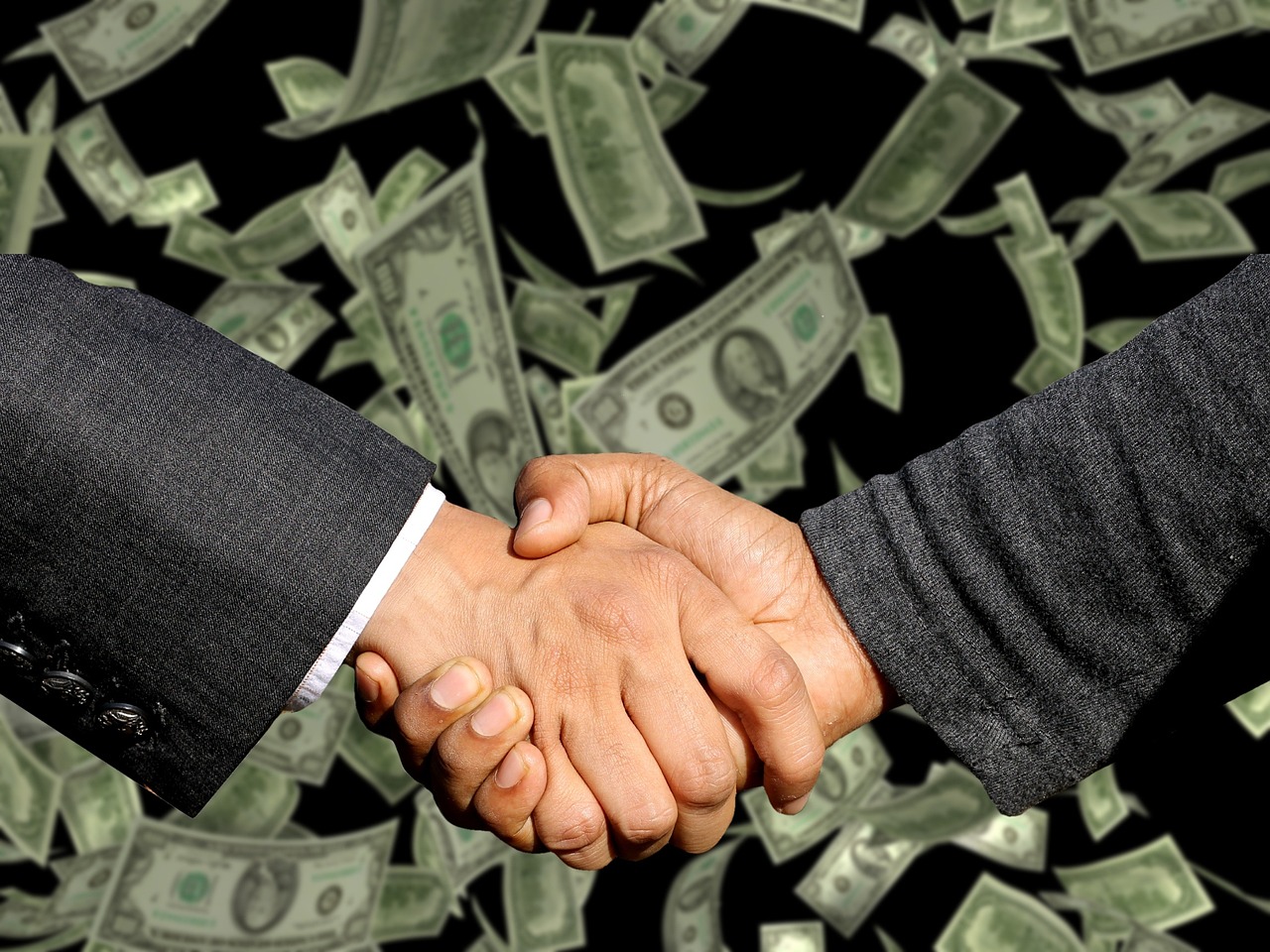
Bundling
Bundling is a smart way to make more money in ecommerce. You put two or more items together and sell them as a set. This makes your offer look better and gets customers to spend more. You can match a popular product with one that sells slowly. This helps you sell old stock and make more profit. For example, a spice shop sold spices with aprons and got more sales and loyal buyers.
Many stores watch which products sell best and which do not. They use this to make bundles that work well. You can check if bundles sell more than single items. If people spend more on bundles, you know your plan is working. Studies say bundling can raise profits by up to 30%. Customers like getting more for their money. You also get to clear out old items and make more profit.
Tip: Try making bundles for holidays or special days. These bundles often get people to buy again and stay interested.
Trends
Watching trends helps you stay ahead and keep your profits high. Bundles for things like back-to-school or holidays can raise sales by over 20%. They can also lower your extra stock by up to 15%. When you sell what is popular, you get more buyers and make more money.
Loyalty programs are important too. People in these programs buy more and spend more each time. If you give bundles or deals to loyal buyers, you get more repeat sales. Discounts of 10% to 20% work best. They help people buy without hurting your profit.
You can use AI to find trends and test new bundles. Big companies like Amazon and Groupon use trend bundles to get more sales. Always watch what is popular and change your offers to fit.
Reduce Costs
Cutting costs is important for making more profit in ecommerce. Start by using machines or hiring others for easy jobs. This saves you time and money so you can grow your business. Running your store in a simple way helps you waste less and work better, which means more profit.
You can use data to guess which products may stop selling soon. Bundle these with popular items to clear them out and avoid losing money. Check your spending often and look for ways to save, like getting better deals from suppliers or cheaper shipping.
Training your team is also a good idea. When your workers know more, they help you sell more and make more profit. Protect your business by picking the right setup. This keeps your money safe from problems and helps you keep your profit for a long time.
Note: Keep trying new ideas and changing your plans. The best stores always look for ways to make more profit and stay ahead of others.
Branding
Branding is more than just a logo or a catchy name. It is how people see your business and remember your products. When you build a strong brand, you help your store stand out from the crowd. Customers trust you more and feel good about buying from you. This trust can lead to higher profit and more loyal buyers.
You might wonder why branding matters so much for your bottom line. Here are some facts that show the power of good branding:
Brand colors can boost recognition by 80%. People remember your store when they see your colors.
Almost half of shoppers will pay more for products from brands they trust. This means you can charge higher prices and keep more profit.
Keeping your brand message the same everywhere can raise your revenue by 23%. Consistency makes your business look professional.
B2B companies with strong brands often see bigger profit margins than those with weak brands.
Personalized content tied to your brand can increase your revenue by almost half.
Brands that stand out and feel different can reach up to five times more people. They can also charge double the average price in their category.
When you keep your brand visible, you can get up to four times more attention from buyers.
You do not need a huge budget to build a brand. Start with simple steps:
Pick two or three main colors for your store and use them everywhere.
Choose a voice for your business. Are you friendly, funny, or serious? Use this voice in your product descriptions and social media posts.
Make sure your logo, packaging, and website all look like they belong together.
Share your story. Tell people why you started your business and what makes you different.
Ask happy customers to share photos or reviews. This builds trust and helps new buyers feel safe.
Tip: Stay consistent. Use the same colors, logo, and message on every platform. This helps people remember you and trust your products.
When you focus on branding, you do more than just sell products. You create a feeling that brings people back again and again. A strong brand lets you charge more, keep your profit high, and grow your business faster. If you want to stand out in 2025, make branding a top priority.
You can build a strong business by choosing low cost, high profit margin products. Smart sellers research, test, and adjust their product mix to stay ahead. Profitable brands focus on new ideas, data, and changing customer needs.
Stay curious and keep learning. Make a shortlist, reach out to suppliers, and try new products. When you adapt to trends, you set yourself up for long-term profit and growth.
FAQ
What is a high profit margin product?
A high profit margin product costs you little to buy or make but sells for much more. You keep more money from each sale. This helps your business grow faster.
How do I find trending products for 2025?
You can use tools like Google Trends, TikTok, or SaleHoo Market Insights. Watch what people talk about on social media. Check best-seller lists on Amazon or Etsy for ideas.
Do I need a lot of money to start selling these products?
No, you do not need much money. Many low cost products let you start with just a few dollars. Dropshipping and print-on-demand help you avoid big upfront costs.
How can I make my products stand out?
Try custom designs, unique packaging, or bundles. Show real customer photos and reviews. Use social media to share your story and connect with buyers.
What are the risks of selling low cost products?
Some risks include high competition, quality issues, or slow shipping. You can lower these risks by checking suppliers, reading reviews, and testing products before selling.
Can I sell these products without holding inventory?
Yes! You can use dropshipping or print-on-demand. Your supplier ships products directly to your customer. You do not need to store anything at home.
How do I set the right price for my products?
Make a list of your costs. Check what others charge. Use a simple formula:(Selling Price - Cost) ÷ Selling Price × 100 = Profit Margin (%)
Pick a price that covers costs and gives you a good margin.
Which products are best for beginners?
Phone cases
Jewelry
Digital products
Custom drinkware
These are easy to source, ship, and sell. You can test them with little risk.

TangBuy: A Smarter Way to Dropship in 2025
If you're looking to stay competitive with dropshipping in 2025, speed and trend-awareness are key. TangBuy helps you stay ahead with real-time product trends, fast fulfilment, and factory-direct sourcing. With over 1 million ready-to-ship items, 24-hour order processing, and seamless Shopify integration, TangBuy makes it easier to test, scale, and succeed in today's fast-moving eCommerce landscape.
See Also
Top 25 Affordable Products That Maximize Store Profits 2025
Budget-Friendly High Margin Items To Stock In 2025
Hot Selling Items To Drive Big Profits In 2025
